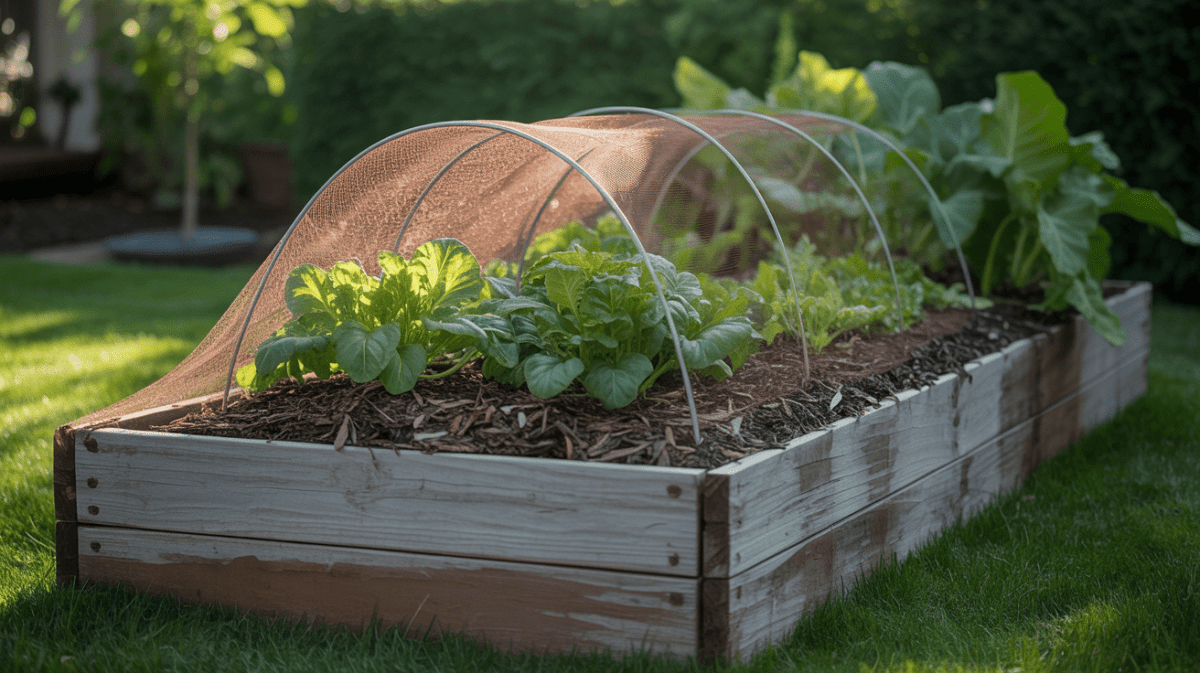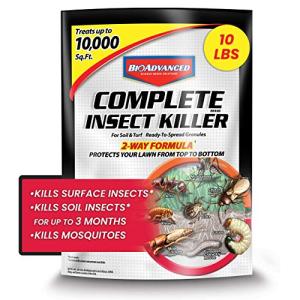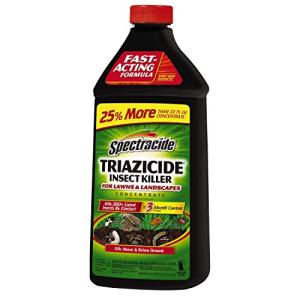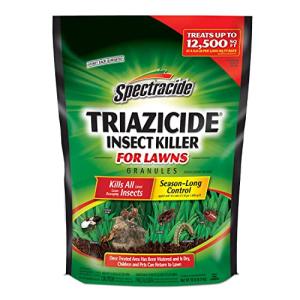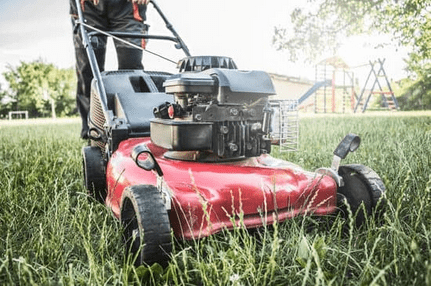Top 10 Pest Control Solutions For Lawn And Garden

Keeping your lawn and garden healthy can be tough, thanks to pests that harm plants and can be harmful to health. Our gardening community shared valuable tips from their eco-friendly DIY garden hacks contest. They showed us their best hacks for natural fertilizers and effective pest control methods.
To keep your outdoor space thriving, you need effective and eco-friendly methods. This article will look at various organic and natural pest control solutions for your lawn and garden. We'll cover biological and microbial methods, DIY remedies, and commercial products to meet your needs.
Key Takeaways
- Effective lawn and garden pest control methods
- Natural and organic pest control solutions
- Biological and microbial pest control methods
- DIY remedies for pest control
- Commercial pest control products
Understanding Garden Pests and Their Impact
As I care for my garden, I always watch out for pests. They can harm my plants. The best way to stop them is to keep them away before they arrive.
A healthy garden fights off pests well. To keep your garden healthy, you need to know which pests are out there.
Common Destructive Insects in American Gardens
In American gardens, aphids, whiteflies, and spider mites are big problems. They can really hurt your plants if you don't stop them.
| Pest | Damage | Control Method |
|---|---|---|
| Aphids | Suck plant sap, causing curled or distorted leaves | Insecticidal soap or neem oil |
| Whiteflies | Feed on plant sap, causing yellowing or stunted growth | Yellow sticky traps or insecticidal soap |
| Spiper Mites | Cause yellowing or bronzing of leaves | Neem oil or horticultural oil |
Signs of Pest Infestation in Your Lawn and Plants
It's important to spot pest signs early. Look for holes in leaves, discolored leaves, or eggs and larvae. This helps you act fast to stop more damage.
Natural and Organic Pest Control Solutions
https://www.youtube.com/watch?v=qLbzKWeATHI
I've found that organic pest control works well in my garden. It cuts down the need for harmful chemicals. These methods are safe and good for the planet.
1. Beneficial Insects as Natural Predators
Beneficial insects like ladybugs and lacewings eat pests. To draw them in, I plant a variety of flowers and herbs. They give these insects food and a place to hide.
How to Attract and Maintain Beneficial Insects
To attract beneficial insects, try planting:
- Marigolds, which repel nematodes
- Dill, which attracts lacewings
- Sunflowers, which provide shelter
2. Neem Oil Applications
Neem oil, which comes from the neem tree, kills pests. It's great for fighting aphids, whiteflies, and spider mites.
Proper Mixing and Application Techniques
To use neem oil right, mix it with water as the label says. Spray it on pests in the morning or evening. This helps avoid harming good bugs.
3. Diatomaceous Earth for Crawling Pests
Diatomaceous earth is a powder from ancient algae. It dries out pests like slugs and snails. It's safe and works well.
Safe Application Methods for Maximum Effectiveness
Spread diatomaceous earth around plants to fight pests. Reapply after it rains. Always wear a mask when using it.
4. Companion Planting Strategies
Companion planting means growing plants together to keep pests away. For example, basil with tomatoes keeps aphids off.
Best Plant Combinations for Pest Deterrence
Some good pairs for fighting pests are:
- Marigolds with tomatoes to deter nematodes
- Basil with tomatoes to repel aphids
- Radish with cucumbers to deter cucumber beetles
Biological and Microbial Pest Control Methods

Biological and microbial pest control methods are good for the environment. They use living things or their products to fight pests. This is a better choice than chemical pesticides.
5. Bacillus Thuringiensis (Bt) for Caterpillar Control
Bacillus thuringiensis (Bt) is a bacterium that kills certain insects. It's great for controlling caterpillars. Bt products are easy to find and can be applied directly to plants.
When and How to Apply Bt Products
Apply Bt products when caterpillars are eating. Make sure to cover the plants well. This way, Bt can work by being eaten. You might need to apply it again to keep the caterpillars away.
6. Beneficial Nematodes for Soil-Dwelling Pests
Beneficial nematodes are tiny worms that kill pests in the soil. They are good for fighting grubs and weevil larvae.
Application Timing and Soil Conditions
Apply beneficial nematodes to moist soil in the morning or evening. This helps them avoid damage from sunlight. Check the product instructions for the best soil temperature and moisture levels.
7. Milky Spore for Japanese Beetle Management
Milky spore is a bacterium that kills Japanese beetle larvae. It provides long-term control when used right. It's great for managing Japanese beetles over a big area.
Long-Term Benefits and Application Schedule
Milky spore can control pests for years after application. Follow the recommended schedule, usually in late summer or early fall. This is when Japanese beetle larvae are most active.
| Method | Target Pest | Application Timing |
|---|---|---|
| Bacillus Thuringiensis (Bt) | Caterpillars | When caterpillars are actively feeding |
| Beneficial Nematodes | Soil-dwelling pests (grubs, weevil larvae) | Early morning or evening, moist soil |
| Milky Spore | Japanese Beetle Larvae | Late summer or early fall |
Top -10 Pest Control Solutions For Lawn And Garden: Chemical Options
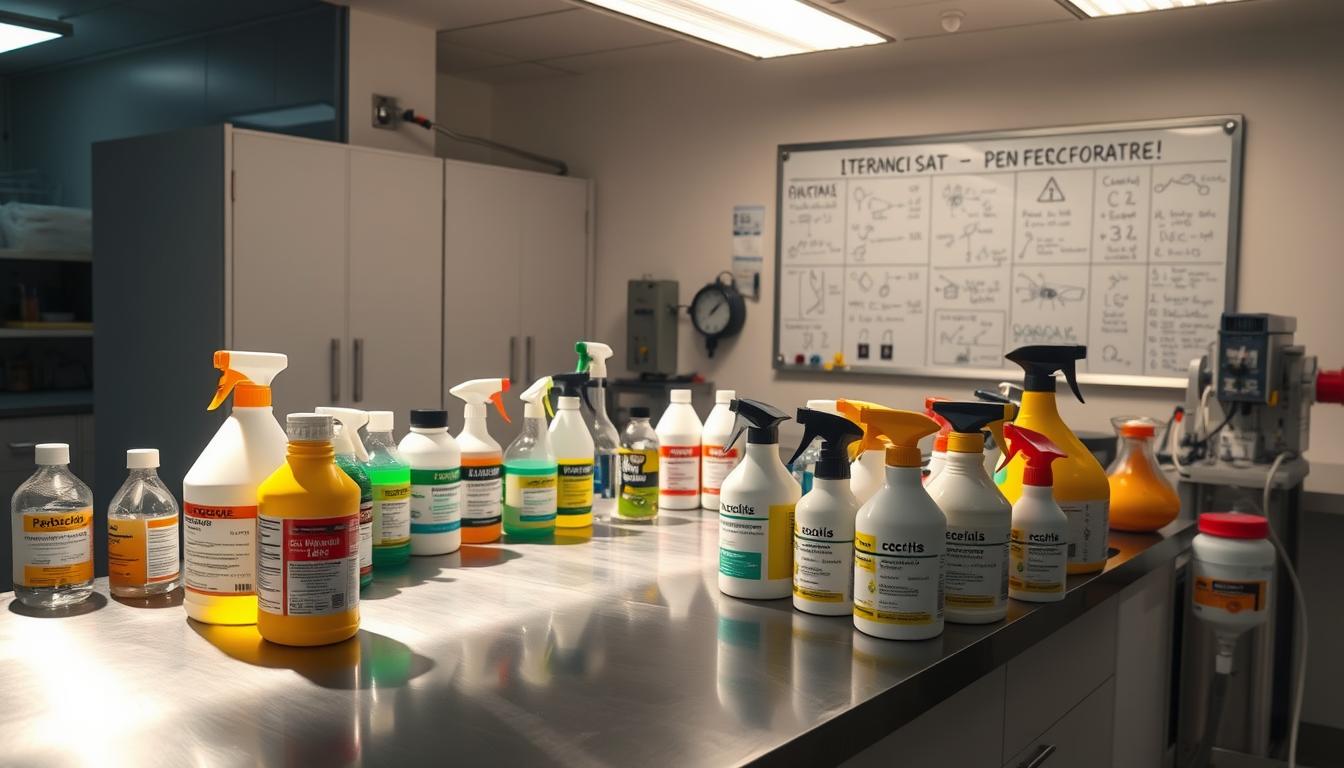
Chemical pest control is sometimes needed for effective lawn and garden care. These chemicals can tackle severe pest problems that natural methods can't handle alone. They should be used wisely.
8. Insecticidal Soaps for Soft-Bodied Insects
Insecticidal soaps are a mild pesticide for soft-bodied insects like aphids and spider mites. They work by breaking down the insect's cell membranes, causing death.
DIY Recipes and Commercial Products
You can buy insecticidal soap products or make your own. Mix mild dish soap with water. But, homemade recipes can be tricky to get right.
9. Horticultural Oils for Scale and Mite Control
Horticultural oils control scale, mites, and pests by suffocating them. They can be applied in the dormant or growing season, depending on the oil type.
Seasonal Application Guidelines
Application of horticultural oils varies by season. Dormant oils are for winter, while summer oils are for the growing season. Always follow the product's instructions for dilution and timing.
10. Targeted Synthetic Pesticides as a Last Resort
Use targeted synthetic pesticides as a last resort due to environmental concerns. They are effective but can harm beneficial insects if not used carefully.
Safety Precautions and Environmental Considerations
When using synthetic pesticides, follow safety precautions. Wear protective clothing and apply in recommended conditions to avoid drift and harm to non-target organisms.
| Chemical Option | Target Pests | Precautions |
|---|---|---|
| Insecticidal Soaps | Aphids, Mealybugs, Spider Mites | Avoid using on sensitive plants; test on a small area first |
| Horticultural Oils | Scale, Mites, Aphids | Do not apply during extreme temperatures or when plants are stressed |
| Targeted Synthetic Pesticides | Wide range of pests | Use protective gear; follow instructions carefully to minimize environmental impact |
Implementing a Year-Round Pest Management Strategy
Being proactive in pest management can greatly lower the chance of pests in your garden. Understanding the need for a year-round strategy is key.
Keeping your garden healthy is the best way to fight pests. Good garden hygiene, like removing weeds and debris, stops pests. A seasonal pest control calendar is a great tool for this.
Seasonal Pest Control Calendar
A seasonal pest control calendar helps you focus on peak pest times. Spring and summer are when pests are most active.
Spring and Summer Focus Areas
- Watch for early pest signs
- Use natural and organic pest control
- Encourage good insects
Fall and Winter Preventative Measures
In fall and winter, focus on stopping pests before they start. This helps prevent infestations next year.
- Clean up garden debris
- Apply preventative treatments as needed
- Plan for the next growing season
Integrated Pest Management Principles
Integrated Pest Management (IPM) mixes different control methods for best results. It includes cultural, biological, and chemical controls.
Combining Methods for Maximum Effectiveness
For example, using beneficial insects with organic methods boosts your garden's defenses.
Conclusion
By using the top10 pest control solutions from this article, you can protect your lawn and garden. It's important to know the pests that harm your plants. This knowledge helps you use safe pest control methods for lawn and effective pest control for gardens.
Combining natural and organic solutions, like beneficial insects and neem oil, is key. Also, using biological and microbial methods, such as Bacillus thuringiensis, keeps your outdoor space healthy. This way, you can enjoy a beautiful and thriving area.
Having a pest management plan all year round is crucial. It helps prevent pests and reduces damage. By choosing eco-friendly pest solutions and natural pest remedies, you can also protect the environment. With the right pest control strategies for outdoor spaces, your outdoor area will be a source of joy and beauty.
FAQ
Q: What are the most common pests that can damage my lawn and garden?
A: Aphids, whiteflies, and spider mites are common pests in American gardens. They can harm plants if not controlled.
Q: How can I identify pest infestation in my lawn and garden?
A: Look for signs like holes in leaves, discolored foliage, and eggs and larvae. Spotting these early helps prevent damage.
Q: What are some natural and organic pest control solutions?
A: Natural and organic solutions include using beneficial insects, neem oil, and diatomaceous earth. Companion planting is also effective.
Q: How do beneficial insects help control pests?
A: Beneficial insects like ladybugs and lacewings eat harmful insects and their larvae. This helps control pest numbers.
Q: What is Bacillus thuringiensis (Bt) and how is it used for pest control?
A: Bacillus thuringiensis (Bt) is a bacterium that kills certain insects. It's effective against caterpillars.
Q: How can I implement a year-round pest management strategy?
A: Create a pest control calendar for each season. Use integrated pest management (IPM) principles to manage pests all year.
Q: What are some eco-friendly pest control methods for my lawn and garden?
A: Eco-friendly methods include natural pest control, biological controls, and a year-round management plan.
Q: When should I consider using chemical pest control options?
A: Use chemical options like insecticidal soaps and horticultural oils as a last resort. Always follow safety precautions to protect the environment.
Q: How can I reduce my reliance on chemical pest control options?
A: Adopt an integrated pest management (IPM) approach. This combines cultural, biological, and chemical controls to reduce chemical use.
Q: What are some effective pest control products for my lawn and garden?
A: Effective products include neem oil, diatomaceous earth, and insecticidal soaps. Horticultural oils and beneficial insects are also useful.
